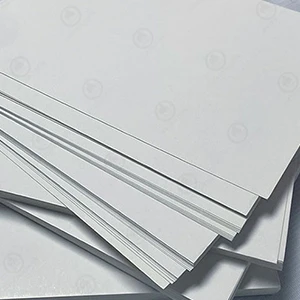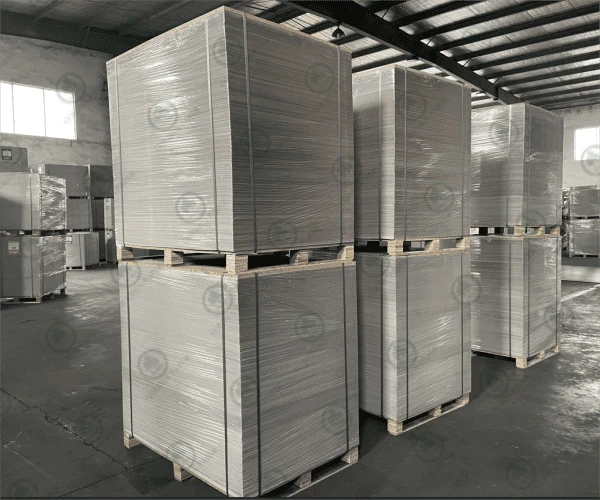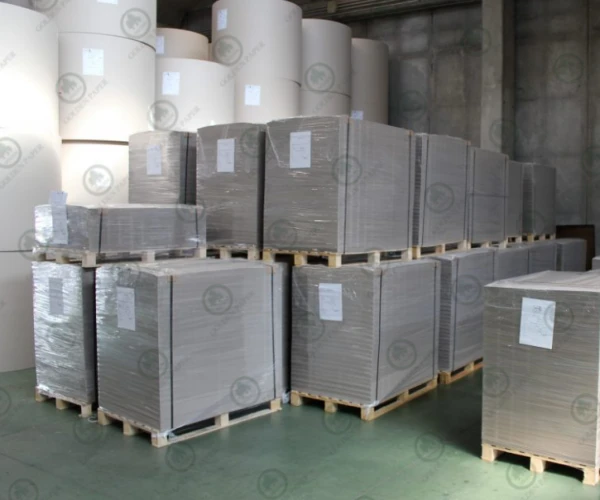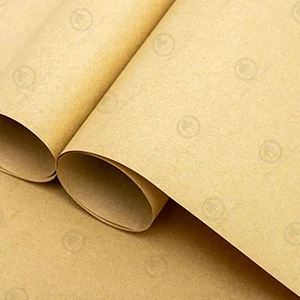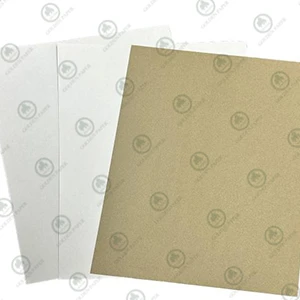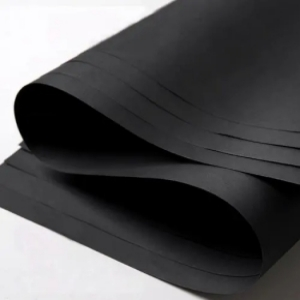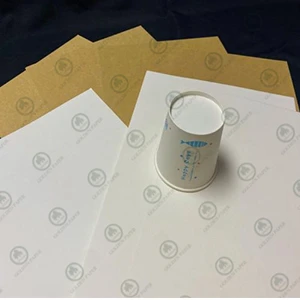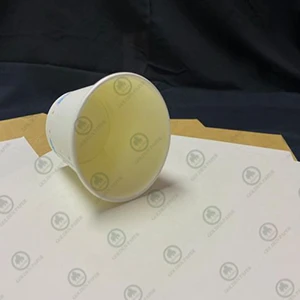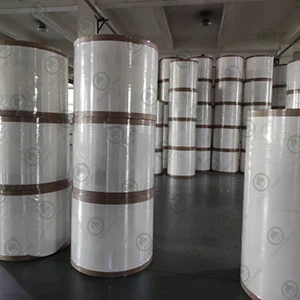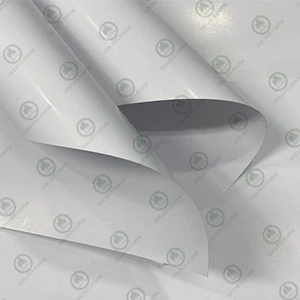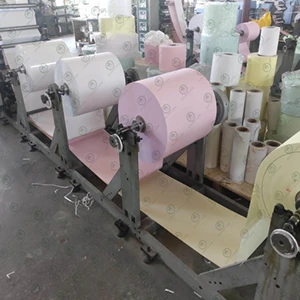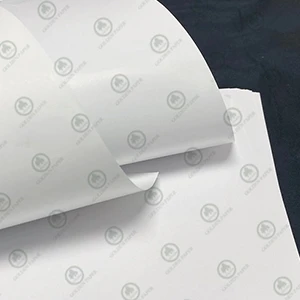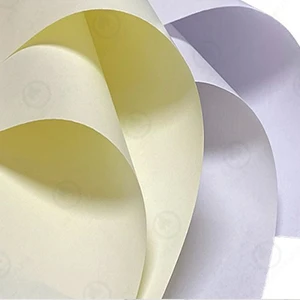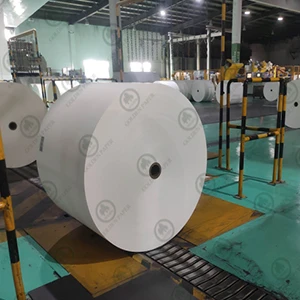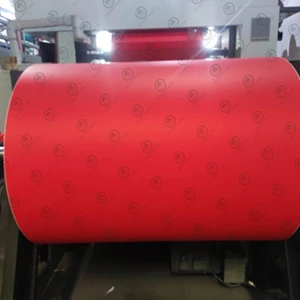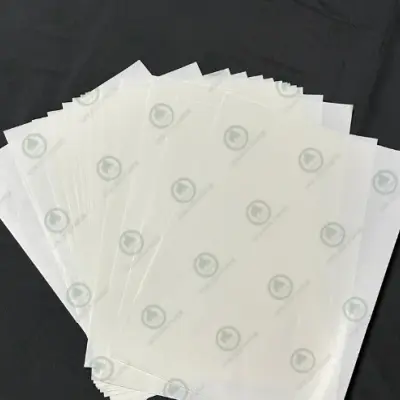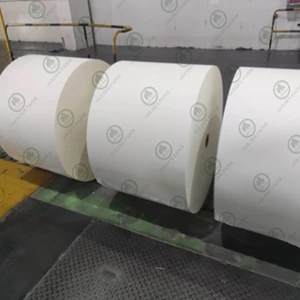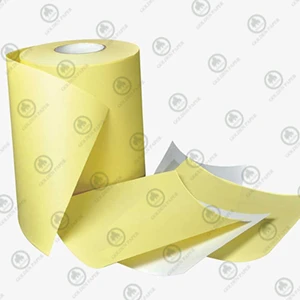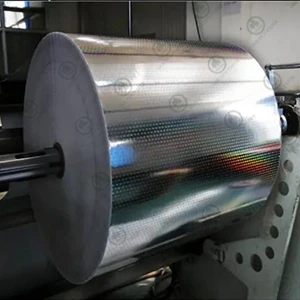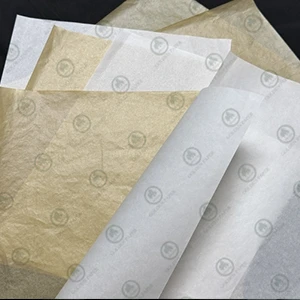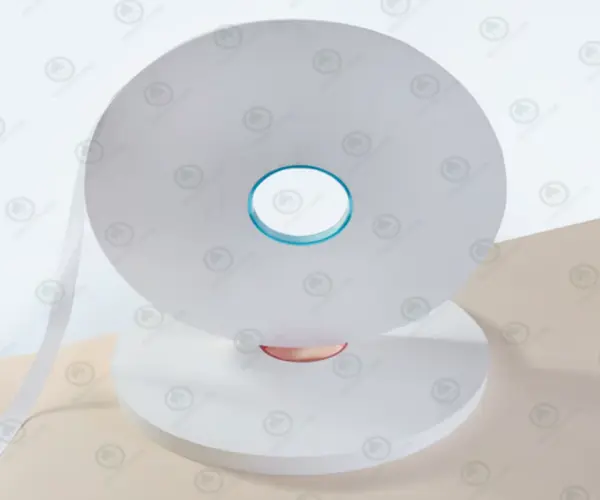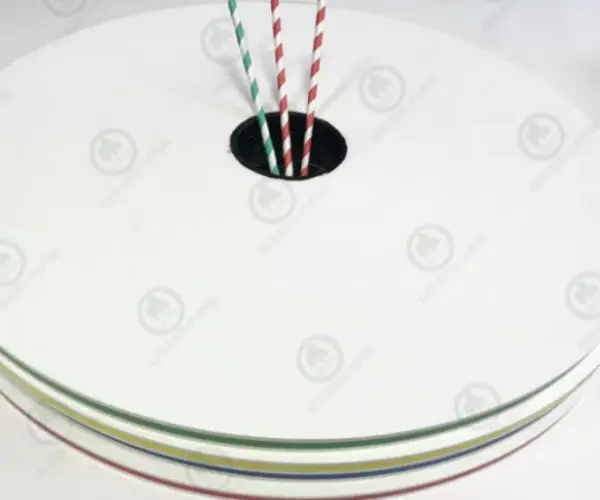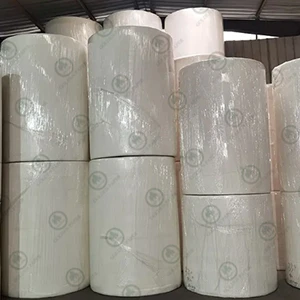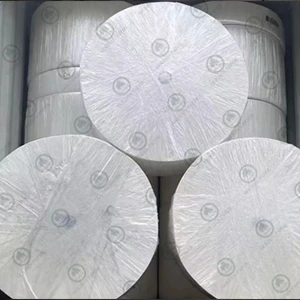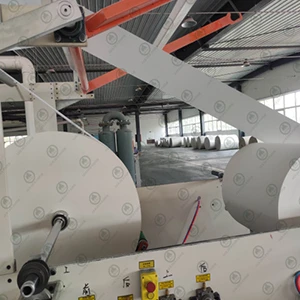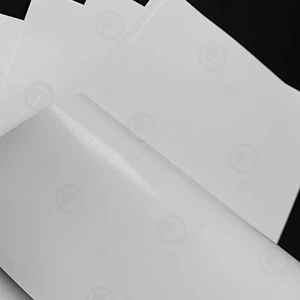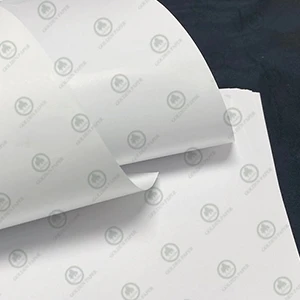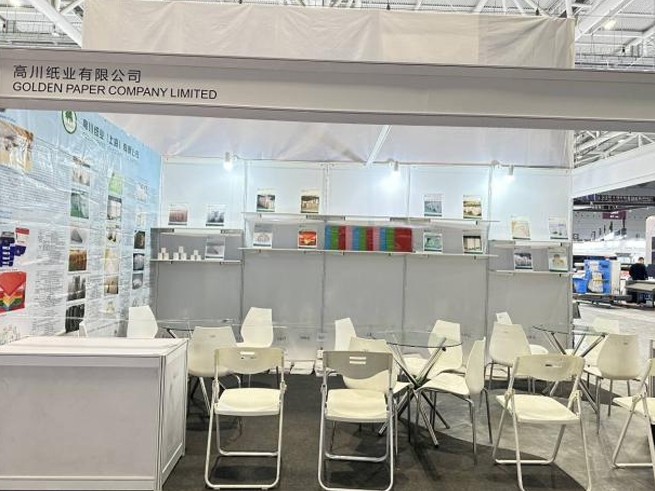Introduction
Choosing the right printing paper can be tricky—especially when it comes to deciding between glossy and matte coated paper. If you're a paper buyer or print packaging decision-maker, you want the best option for your specific needs. In this article, we’ll break down the differences between these two common types of coated paper in terms of appearance, application, and cost—so you can make smarter purchasing decisions.
What Is Glossy Paper?
Glossy paper, also known as gloss coated paper, is one of the most widely used printing papers. It’s made by applying a layer of white coating to the base paper and then compressing it through a super-calendering process. This gives it a very smooth, high-gloss surface and bright white finish. When you hold glossy paper under light, it reflects clearly. Its polished look makes it ideal for vivid color printing.
What Is Matte Paper?
Matte paper (also called dull coated or silk paper) is also a type of coated paper—but it goes through a different finishing process that removes the surface shine. The result is a soft, non-reflective finish that feels smooth and professional. While it doesn't have the same color intensity as glossy paper, it offers a more elegant, refined look.
Key Differences Between Glossy and Matte Paper
Appearance and Feel
Glossy Paper has a high gloss level (about 65–69%) and a smooth, reflective surface. It makes colors pop and adds shine to printed images. Matte Paper has a low gloss level (about 28–32%), with a soft, non-reflective finish. It provides a more subtle and sophisticated texture and reduces glare.
Hardness and Ink Absorption
Glossy Paper is relatively softer and more flexible. It may be more affected by moisture, causing slight curling or warping. Matte Paper is firmer and holds its shape better. It absorbs ink more evenly, making it suitable for high-end printing with sharp text and detailed graphics.
Best Uses for Glossy and Matte Paper
Glossy Paper Applications
Glossy paper is perfect when you need to showcase rich, saturated colors and bold visuals. Its high reflectivity and smooth finish enhance color vibrancy and add visual impact. It’s widely used in: Posters, flyers, color brochures, product packaging, magazine covers, if you're looking to grab attention with eye-catching imagery, glossy coated paper is the way to go.
Matte Paper Applications
Matte paper is ideal for content-heavy printing where readability matters. Its low glare makes it easier on the eyes, even for extended reading. While the colors are softer, the overall feel is more premium and refined. It’s commonly used for: brand catalogs, high-end magazines, product manuals, company brochures. For projects that require a balance between visuals and text, matte paper provides a clean and professional finish that reflects brand quality.
Price Comparison
In general, matte paper tends to be slightly more expensive than glossy paper. This is because its production process involves more precise coating and finishing steps. However, the price difference is usually small and depends on factors like grammage, coating type, and sheet size.
If you're focused on luxury brand image and product feel, matte paper is a great investment. But if you want high-impact visuals on a budget, glossy paper offers excellent value for money.
Conclusion
Whether you prefer the shine and bold colors of glossy paper, or the soft, premium feel of matte paper, the best choice depends on your product goals and printing needs. At Golden Paper, we’ve been supplying high-quality printing paper worldwide for over 20 years. If you're looking for a reliable paper supplier for your packaging or printing needs, reach out to Golden Paper. We’re here to help you find the best paper for your next project.
 GOLDEN PAPER
GOLDEN PAPER
 EN
EN
 fr
fr  de
de  es
es  it
it  ru
ru  pt
pt  ar
ar  vi
vi  tr
tr  id
id 